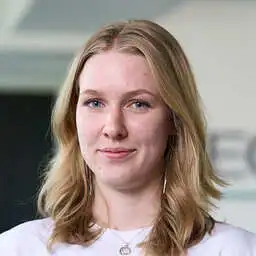Marketplaces or online stores – which one is more profitable? Preferences for eCommerce business models vary from region to region. Yet from a global perspective, there is only one winner: Marketplaces.
Marketplace vs. Online Store: Which is the Most Successful Business Model?
In general, marketplaces have generated most of the revenue in the global eCommerce market in recent years. In 2024, the global average stood at 72% of the revenues coming from marketplaces, while 28% were generated by online stores – and the ECDB analysts' forecasts speak in favor of marketplaces.
Both models have had their ups and downs over the past three years. In particular, during the COVID-19 pandemic, both saw strong global growth. For example, in 2021, marketplace revenues grew by 22% and online store revenues grew by 20%. Since then, the growth difference between these two models has grown from 4% in 2022 to 7% in 2023 to 6% last year. Why is that?
The answer lies in scale, efficiency and profitability. On the one hand, marketplaces don't own the products, but the third-party sellers do, which means less risks and costs for marketplaces. Moreover, they scale faster because each new seller brings its own inventory and often its own customers. The platform itself "only" needs to focus on commissions, listing fees, advertising and/or subscription fees to generate revenue – naturally, there is always more possible, like Amazon has shown with its own branded products.
Where Marketplaces Work the Best
Regions where marketplace business are taking leadership include Asia as well as South & Middle America. In 2024, 97% and 96% of eCommerce revenues were generated in these regions, respectively – well above the average of 72%. Correspondingly, the presence of marketplaces is particularly strong:
The Asian continent is known for major players like Alibaba Group Holding, Ltd, PDD Holdings, Inc, ByteDance, Ltd, and JD.com, Inc, and all of them mainly drive marketplaces such as Pinduoduo, Douyin, and Taobao. A similar situation exists in South & Middle America, with marketplaces such as MercadoLibre and Magalu, as well as Amazon and Shopee. In this region in particular, big eCommerce names arouse higher levels of trust and often have better logistics, as online shopping is less developed here.
The West Prefers a Mixture of Both
At the same time, the West tends toward a 50/50 split: In North America, 54% of eCommerce revenue comes from online stores and 46% from marketplaces, while in Europe, 53% is derived from online stores and 47% from marketplaces.
In contrast to Asia and South and Central America, Western consumers often place more trust in individual brands such as apple.com, backmarket.com and shein.com. But logistical realities also make online stores more attractive here.
All in all, these different tendencies can be attributed to the differently shaped eCommerce markets. Each market is molded and shaped by regional culture, politics, and natural conditions, making them unique.










